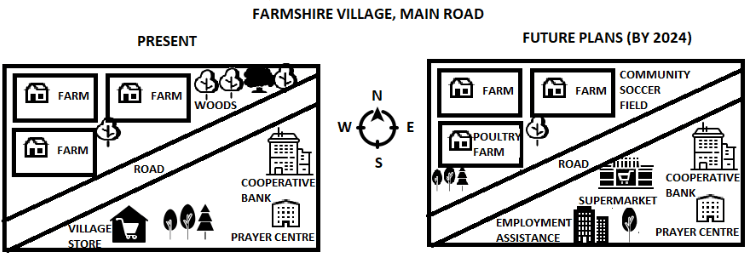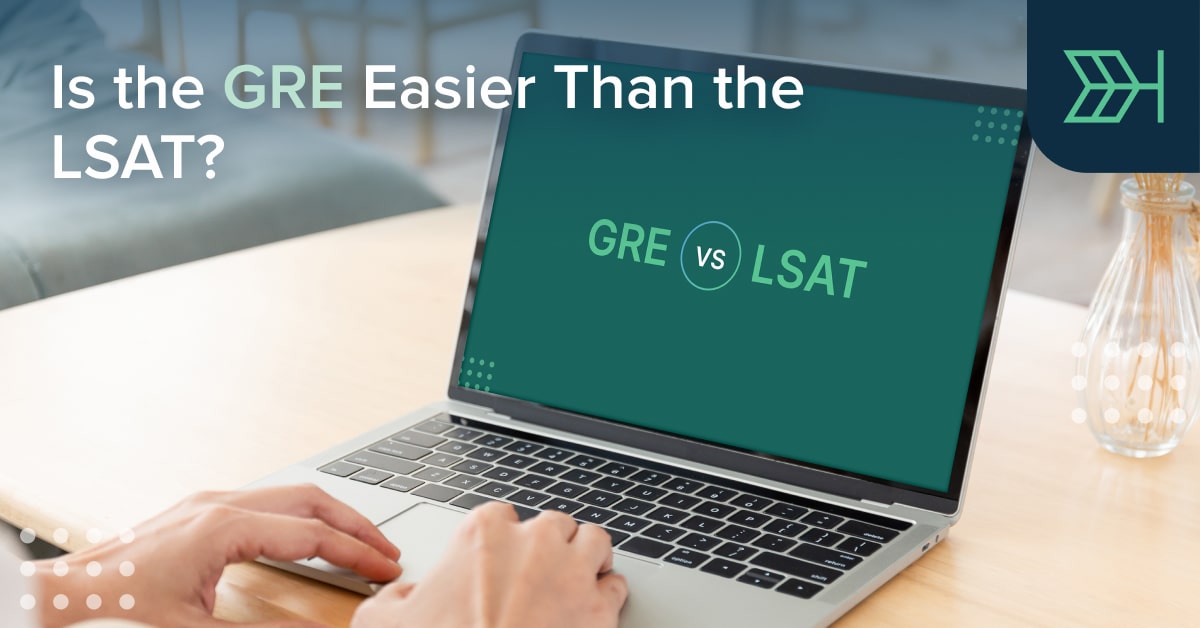Apart from task achievement (content) and organization, language, and grammar to play a major role in determining your band score.
You would probably have a general idea as to how the scores for language and vocabulary are determined in the IELTS Writing Section. These are some important questions you should think of:
- Is your language academic and formal?
- Do you possess the sufficient vocabulary to bring in a variety of words into your response, rather than using the same set of words over and over?
- Are you using suitable words in the right places?
- Does your response have a mixture of long and short sentences, showing that you can easily switch between them as needed?
- Are you able to communicate the task requirements effectively to the reader?
- Leaving out occasional errors, is the response grammatically correct?
- Are there errors in your spelling and punctuation?
- What kind of grammatical range does your response showcase?
These points hold for the map question as well. Additionally, there are some other details you should pay attention to. We already looked at what tenses need to be used. What are the other aspects?
#Use the passive voice
Avoid using the active voice to describe the maps. Instead of “I can see that” or “We can see that”, write “it can be seen that” (passive voice). In other words, make the object of the action the focus of your sentence. Simple, isn’t it? And all of a sudden your response becomes much more academic!
#Include relative clauses
In simple words, a clause is a group of words consisting of a subject and a verb unit. Clauses are the units that come together to form a sentence. Relative clauses are groups of words containing relative pronouns like who, which, and that. These are used to either define a noun or add more information about it.
Why use relative clauses in a map’s answer?
As you describe the maps, it is important to specify features and locations accurately based on the map. And relative clauses are a great way to do that!
In 2015, the college gym, which is situated in the playground, only occupied a corner of it. By 2020, it had expanded to occupy almost the entire northern wall.
Relative clauses not only help you make your response as detailed as possible but also show that you are capable of using complex structures.
#Indicate directions
If the maps include a compass showing directions, use these to identify locations in the maps. For example,
In map 1, it can be seen that the girls’ washroom is located on the northeast corner of the main block.
The road crosses the village from the southeast to the northwest.
The northern wall of the park is dotted by trees and potted plants.
#Other ways to indicate the location
If there is no compass to identify the directions, you could always use prepositions and prepositional clauses to describe the location of any feature/item on the maps.
The cafeteria is situated across the street from the school.
A basketball court can be seen in the playground.
By 2020, a botanical garden had been constructed to the left of the main building.
A railway track runs parallel to the main road in the second map.
#Use synonyms
Synonyms are words that mean the same. Using synonyms, you can avoid using the same words over and over.
For example, instead of using the word located every time, you could also use:
situated,
positioned,
placed,
stationed,
occupied, etc.
#Use a variety of verbs
You are going to be describing a lot of changes that have taken place across the two maps. The following is a list of words to help you be specific about these changes:
Expand
Remove
Extend
Add
Narrow down
Renovate
Demolish
Build
Construct
Modernize
Develop
Set up
Widen
Replace
Can you think of other useful words to describe changes between maps?
Try to come up with synonyms as well for these verbs (for example, build and construct).
#Include transition words and phrases
Remember. You are not presenting isolated pieces of information. You are critically comparing a set of maps and presenting your findings in written form. So, your ideas need to be appropriately linked to one another. What better way to do this than to use transition words and phrases?
As the name suggests, transition words/phrases indicate the connections or transitions between words, ideas, etc.
The following is a list of transition words you could use.
- To introduce or add ideas show similarity: to begin with, firstly, in addition to…also, in the same way, just as … so too, likewise, similarly
- To oppose or limit: but, while, conversely, on the contrary, despite…
- To indicate causes and conditions: since, because of, while…
- To indicate effect and result: consequently, as a result…
- To support or give examples: especially, in particular, in other words, markedly…
- To conclude or summarize: to summarize, in conclusion, to sum up…
- To describe time: after, presently, now, at the present…
- To describe locations: besides, in front of, below…
This list is only to give you a general idea of how you can use transition words and phrases. Make sure you read more!




